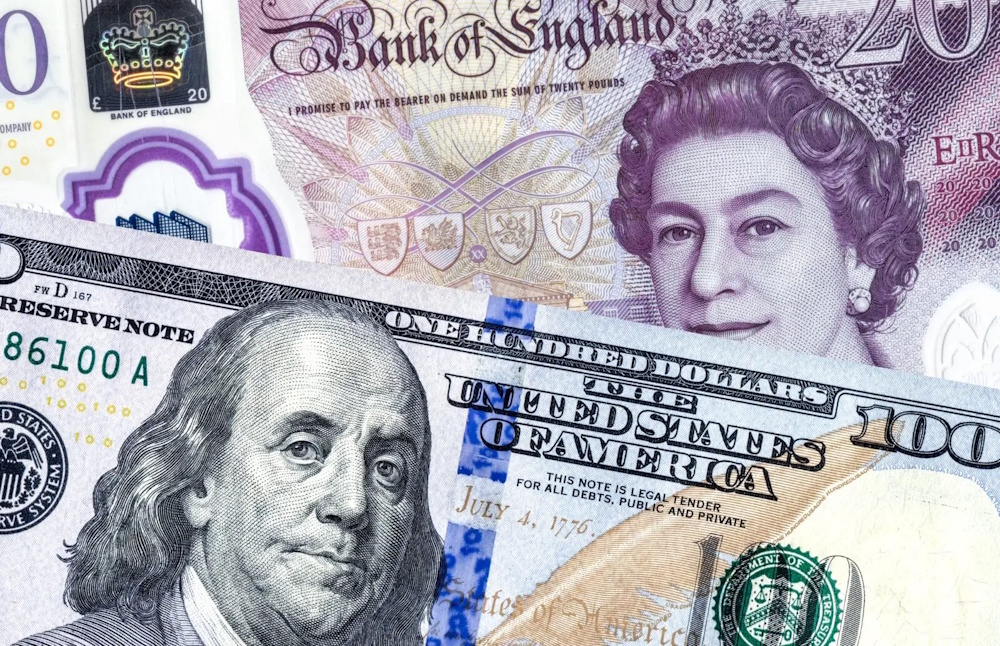The GBP/USD pair continued its downward trend on Tuesday, dropping below 1.33 and hitting a session low around 1.3290, following a series of disappointing UK employment figures that heightened expectations for further rate cuts by the Bank of England . The pair, having experienced two consecutive sessions of declines, is currently trading at its lowest level since early August, with traders focusing on the 1.3200 psychological support as the next significant target. The UK labor market is showing signs of continued softening. The ILO unemployment rate increased from 4.7% to 4.8%, reaching its highest level since 2021, while the Employment Change figure experienced a significant decline from 232K to 91K, falling short of the anticipated 123K.
Meanwhile, jobless claims surged to 25.8K, a significant increase from August’s -2K revision, reinforcing indications of weakening hiring momentum. Wage data presented a nuanced picture—average weekly earnings, inclusive of bonuses, increased to 5.0%, whereas, when excluding bonuses, wages moderated to 4.7%, marking the slowest growth rate since March 2022. The data indicates a distinct slowdown in the UK labor market, offering renewed support for the Bank of England’s dovish members advocating for a relaxation of policy. The market currently reflects a 70% likelihood of a 25-basis-point reduction before the year’s conclusion, although certain traders anticipate that the next adjustment may not occur until March 2026. Megan Greene, a member of the Monetary Policy Committee, recognized that “policy remains restrictive” but indicated that additional cuts may be justified if inflation moves closer to the 2% target.
The disappointing UK data emerged in the context of a wary global outlook. The U.S. Dollar Index stabilized around 99.17, experiencing a slight decline of 0.07%, following a rebound from initial losses associated with the alleviation of U.S.–China trade tensions. The current risk appetite in the markets is tenuous, as traders anticipate Federal Reserve Chair Jerome Powell’s upcoming speech for indications regarding the Fed’s forthcoming actions in its rate-cut cycle. Meanwhile, in the United States, there has been a decline in small business optimism. The NFIB Business Optimism Index experienced a decline of 2 points, settling at 98.8. This marks its first decrease in three months, attributed to firms reporting weaker demand expectations and rising costs. This decline contributes to indications that the U.S. economy might be entering a mild slowdown phase—a trend that, if validated, could exert pressure on the dollar later in the quarter.
GBP/USD continues to experience bearish pressure. The daily chart for the pair indicates significant resistance emerging near 1.3350, with the 20-day Simple Moving Average positioned at 1.3434 and the 50-day SMA at 1.3472 limiting any short-term recoveries. The Relative Strength Index stays under 40, signifying ongoing selling pressure. A persistent close beneath 1.3300 would probably pave the way to 1.3200, with the 200-day SMA at 1.3178 serving as a crucial technical support level. Should that level be breached, additional downside may reach 1.3125 and 1.3000, both of which signify medium-term supports in line with historical demand zones. On the other hand, a rise above 1.3335–1.3360 might indicate a short-term correction; however, the overall sentiment continues to be bearish until the pair recovers 1.35.

